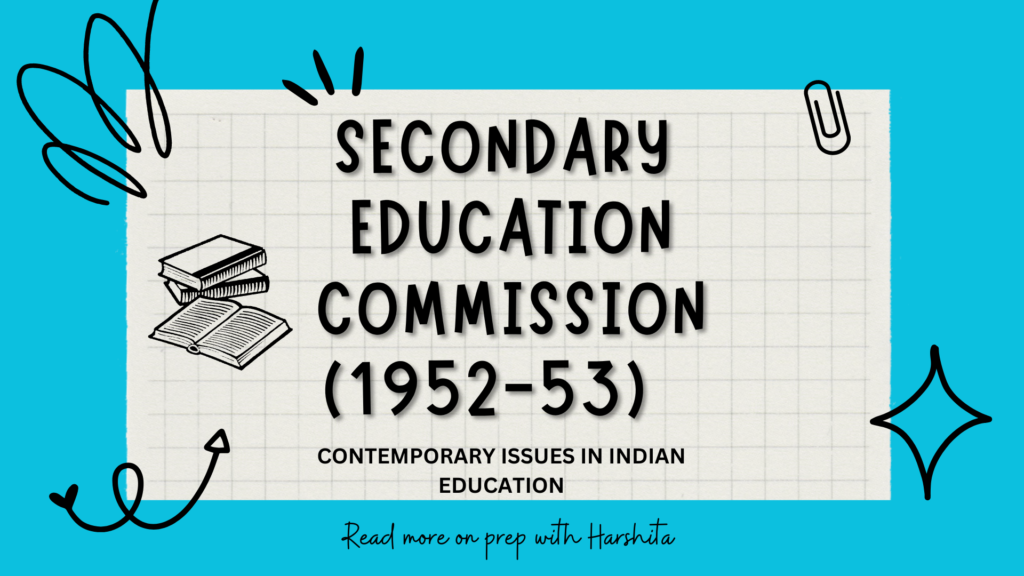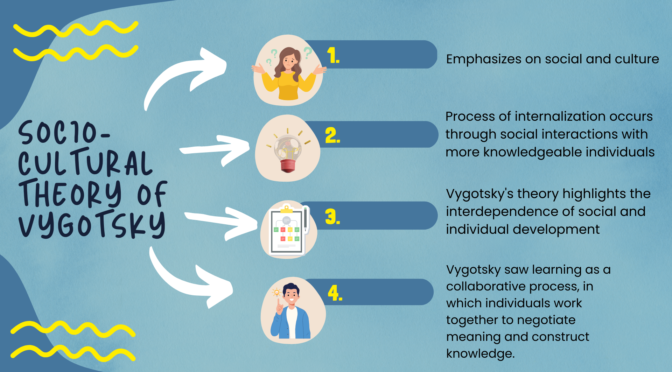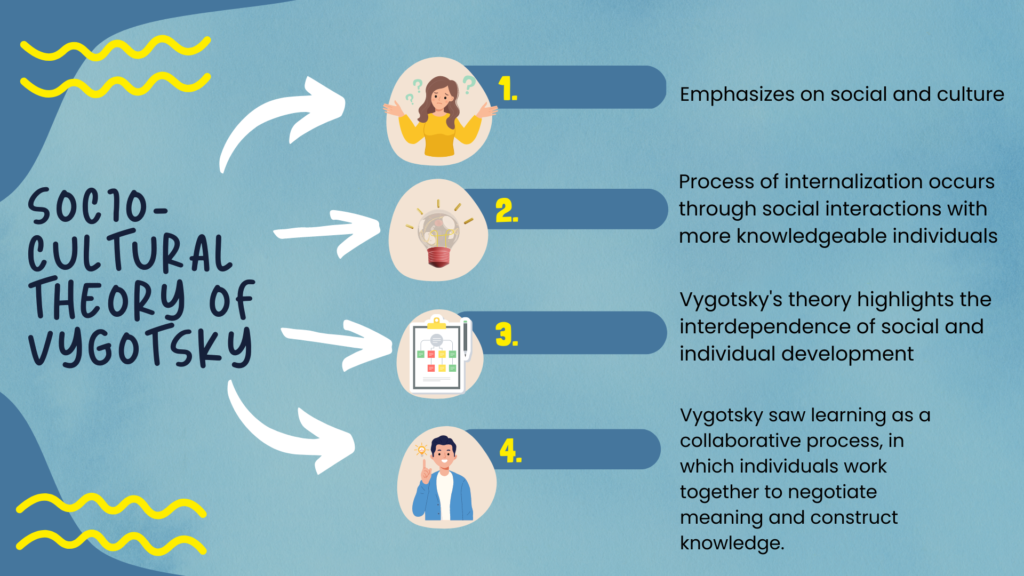The Secondary Education Commission, also known as the Mudaliar Commission, was established in India in 1952 to examine the state of secondary education and make recommendations for its development.
Here are more details about the Secondary Education Commission (1952-1953):
- Background: The commission was formed in response to the need for educational reforms in India after independence. It aimed to address the challenges faced by secondary education, which refers to the education provided after primary education and before higher education.
- Composition: The commission consisted of 24 members, including renowned educationists, administrators, and experts in the field of education. Dr. A. Lakshmanaswami Mudaliar, the Vice-Chancellor of Madras University, served as the chairman of the commission.
- Objectives: The commission had several objectives, including:
a. Assessing the state of secondary education in India, including its quality, access, and relevance.
b. Identifying the issues and challenges faced by secondary education.
c. Making recommendations to improve the quality and effectiveness of secondary education.
d. Examining the role of secondary education in social and economic development.
e. Advising on the organization, curriculum, examination system, and teacher training in secondary education. - Scope: The commission’s mandate covered the entire spectrum of secondary education, including both general education and vocational education. It examined different aspects such as curriculum, textbooks, examination systems, teacher training, infrastructure, and the role of secondary education in national development.
- Consultations and Research: The commission conducted extensive consultations with various stakeholders, including educators, administrators, and experts. It also conducted surveys, collected data, and reviewed existing educational policies and practices.
- Report: The commission submitted its report, titled “Secondary Education and Social Development,” in 1953. The report was comprehensive, analyzing the state of secondary education in India and providing recommendations for its improvement.
- Key Recommendations: Some of the major recommendations of the Mudaliar Commission included:
a. Expansion and Access: The commission emphasized the need to expand secondary education and make it accessible to a larger number of students, particularly in rural areas. It called for an increase in the number of secondary schools and the removal of barriers to enrollment.
b. Curriculum Reforms: The commission recommended a balanced and comprehensive curriculum that integrated academic subjects, vocational education, and practical skills. It suggested a flexible curriculum that allowed students to choose subjects based on their interests and aptitudes.
c. Examination System: The commission advocated for reforms in the examination system to make it more relevant, less burdensome, and focused on assessing conceptual understanding and practical skills. It recommended a shift from rote memorization to a more comprehensive evaluation approach.
d. Teacher Training: The commission stressed the importance of quality teacher training programs to improve the competence and professionalism of secondary school teachers. It recommended the establishment of teacher training institutions and the provision of in-service training opportunities.
e. Vocational Education: Recognizing the importance of vocational education, the commission recommended the integration of vocational subjects into the secondary education system. It emphasized the need to provide practical skills and vocational guidance to students to enhance their employability.
f. Infrastructure and Resources: The commission highlighted the need for adequate infrastructure, learning resources, and libraries in secondary schools. It recommended the provision of well-equipped laboratories, libraries, and classrooms to create a conducive learning environment. - Impact: The recommendations of the Mudaliar Commission had a significant impact on subsequent educational policies and reforms in India. They influenced the development of secondary education by guiding government initiatives and shaping the curriculum, examination systems, and teacher training programs.
The Secondary Education Commission (1952-1953) played a crucial role in shaping the direction of secondary education in India. Its in-depth analysis and recommendations provided a roadmap for the development of secondary education, focusing on access, quality, relevance, and the integration of vocational education.
Also Visit: Prep with Harshita

Also Read: Common School System



